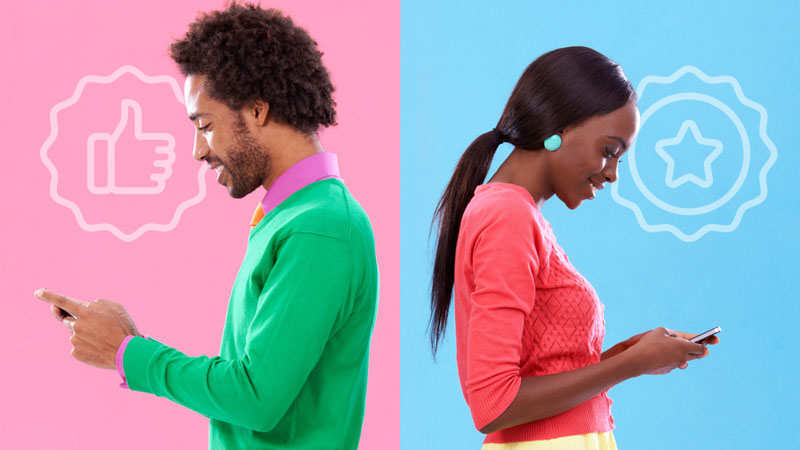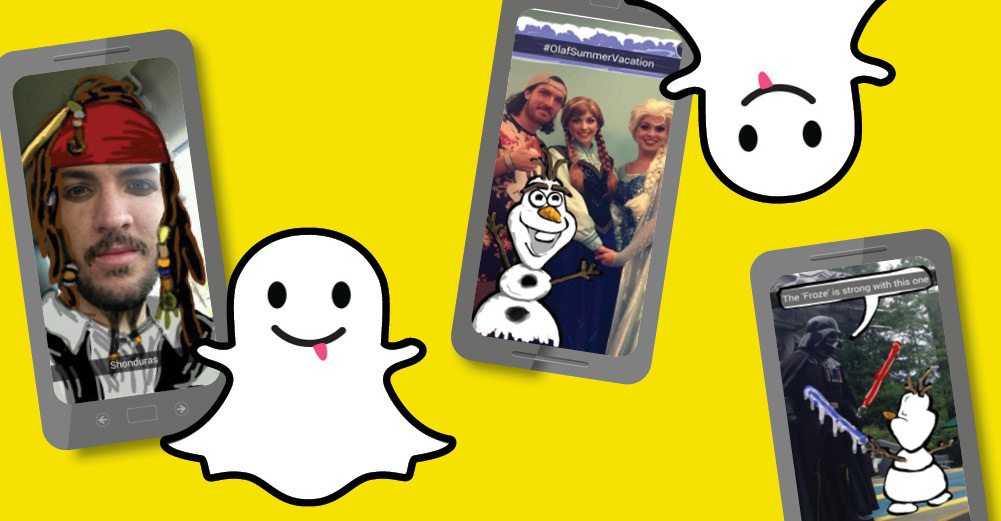Coming soon to your world is a new cycle of disruption. The Internet of Things (IoT)—a network of approximately 14 billion smart devices—will soon surge to 50 billion devices worldwide transforming marketing and advertising forever. Hype? Maybe. But from global futurists such as Daniel Burrus to investment researchers at Goldman Sachs to creativity leaders at Cannes Lions, experts agree that a sea change across industry is within five years.
This summer at Cannes Lions International Creativity Festival in France, a new two-day Lions Innovation and Data program marked the shift. Inside a futuristic space in the Palais des Festivals, the best in data, innovation and technology were showcased on three stages, The Inspiration Stage, The Discovery Stage and The Experience Stage. At the center was IoT.
IoT is the third wave of Internet development. The first wave in the 1990s connected 1 billion users to the Internet primarily through desktop computers. The second wave beginning in 1999 with the first smart phone connected 2 billion users to the Internet. IoT is the third wave and is predicted to connect 26-56 billion smart devices to the Internet by 2020.
These smart devices—many yet to be released or invented—will reshape how we live. While many of us now depend on smart phones, smart devices and services will permeate all areas of life. Refrigerators will order milk from a grocer when the carton runs low. Cars will warn drivers about engine failure and call for roadside assistance. Wearable devices will monitor heart rates, remind us to take medication and send medical records ahead of scheduled doctor visits.
For marketers, immense opportunity lies in innovation and product development. Yet, IoT’s true disruption to the advertising industry is that smart devices are powerful data collectors. It’s the sensor inside the smart device that makes it a game changer. Sensors can respond to sensory input such as hearing and touch without direct human commands. Sensors also gather, analyze and instantly transmit data over wireless Internet and on cloud computing to give us real-time information about a customer’s behavior and preferences.
Brands are rushing to discover how to leverage the vast flow of data for highly personalized, real-time interactions. And how will content play on new screens such as home appliances or wearable devices?
“In five years the average customer will be connected to 26 smart devices while the ‘plugged-in’ will have 46 or more.”
One Lions Innovation session called “The Birth of Programmatic” showcased new roles that will redefine creativity with IoT. Andrew Buckman, managing director at EMEA, Open X in London stated that in five years the average customer will be connected to 26 smart devices while the “plugged-in” will have 46 or more. He pointed to Samsung’s new smart refrigerator equipped with Wi-Fi and Oral B’s interactive electric toothbrush. “Here’s how brands will define personal and enriching experiences for engagement,” he said. “Brands will create ecosystems.”
Content strategy—bridging technology, industrial engineering and experience design—needs to understand the key role it can play within IoT. In the near future, communication will be diverse, automated and data-driven. This will require rethinking how content will work and how relationships can be built across smart devices. This is where programming will become integrated into content marketing and the creative product.



